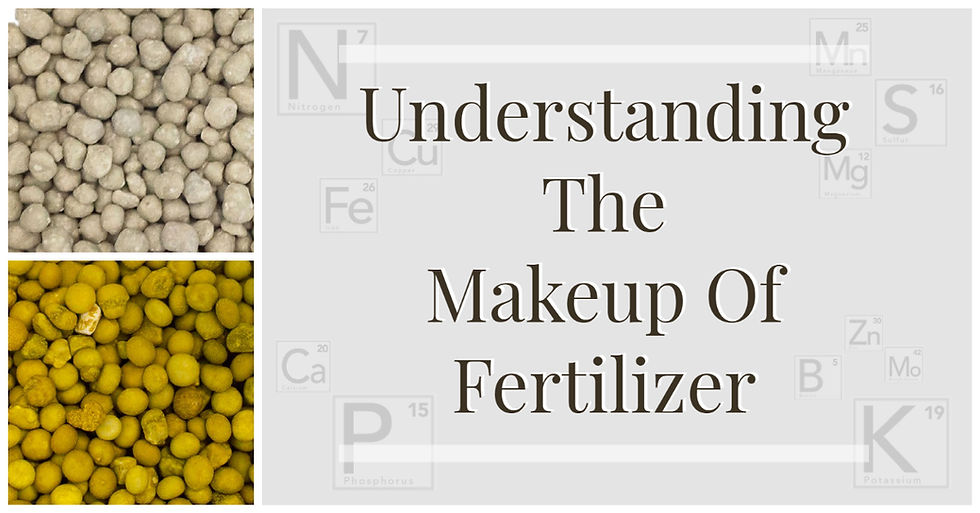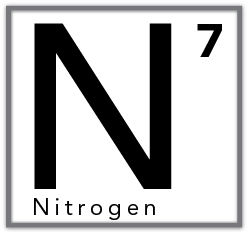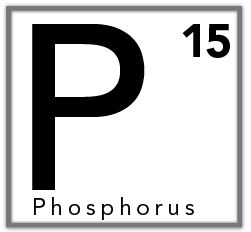Understanding The Makeup Of Fertilizer – The Three Key Nutrients, N, P & K
- Florikan ESA
- Oct 31, 2014
- 2 min read

At the top of almost all fertilizer labels, there is a list of the nutrients and their percentages. This is known as a “Guaranteed Analysis”. The guaranteed analysis is a legal claim of what %
components make up each prill of the fertilizer contained within this bag. Refer to this list to determine if this is the right product for your crop
In this and the following series of blog posts, we will review these nutrients and share their roles in plant development.
The “Big Three” Macro-Nutrients are always first on the list and are known by their shorthand NPK, or Nitrogen, Phosphorus, and Potassium.

NITROGEN
Nitrogen is required in greater quantities by crops than any of the other essential nutrients, except potassium (K).
Some crops take up more K than N. Although the amount of N stored in soil organic matter is large, the amount released and available for plant uptake is relatively small. Often, that release is not synchronized with plant demand. The need for N fertilization is more common than for any other essential nutrient.
Nitrogen Deficiency Symptoms
- Stunted, spindly plants
- Less tillering in small grains
- Low protein content...in seed and vegetative parts
- Fewer leaves
- Higher susceptibility to stress from weather, pests, and diseases

PHOSPHORUS
Phosphorus (P) is present in every living cell, both plant and animal. No other nutrient can be substituted for it when it is lacking.
Phosphorus is one of the 17 essential nutrients that plants need for growth and reproduction. Phosphorus is considered one of the three major nutrients along with nitrogen (N) and potassium (K). Phosphorus is a vital component in the process of plants converting the sun’s energy into food, fiber and oil.
Phosphorus Deficiency Symptoms
- Overall stunted growth
- Distorted leaf shapes
- Dead areas on leaves, fruits and stems
- Some plants, may display a purple or reddish color on the lower leaves and stems
- A shortage of P can serve to reduce crop yields and quality

POTASSIUM
Potassium (K) is an essential plant macronutrient taken up in large quantities, like nitrogen. In plants, K does not become part of complex organic molecules.
It moves as a free ion and performs many functions. In plants, K is involved in regulating water pressure in cells, Co2 regulation, photosynthesis, pH regulation; along with other functions.
Potassium Deficiency Symptoms
- Potassium deficiency slows the growth rate of plants.
- Leaf margins yellow and eventually die
- Leaves may not develop fully.
- Stalks are weakened, increasing the risk of lodging.
- Plants have a lower resistance to some diseases and to moisture stress.
- Reduced cell extension shortens internodes, producing stunted plants




Comments